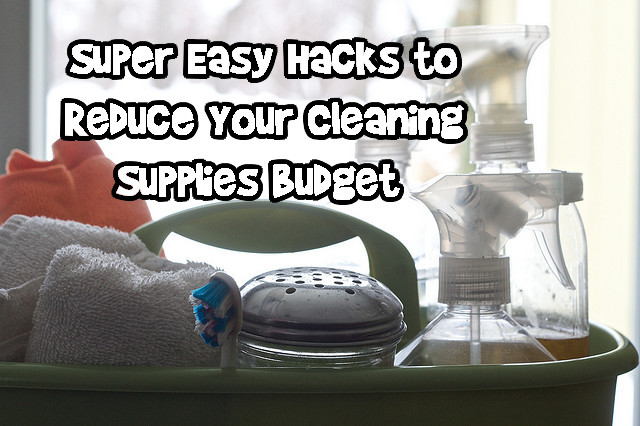
It is January and many of us are looking to trim our budgets. While you want your house to be clean and tidy there are some places in your budget you can cut without tons of extra effort.
Laundry Soap
Take a close look at the inside of the laundry soap cup. You may be surprised to realize that there are several line markers but most of us just fill the cup up and dump. If you reduce the amount of laundry soap by only 20%, it will allow your clothes to come out of the wash just as clean. If you have a load of laundry that is particularly big or dirty, then you may consider a whole scoop. The laundry detergent company is usually counting the number of loads of laundry per bottle of detergent based on the smallest measurement on the cup.
The average bottle of laundry soap ranges from $10-$20 per bottle if you buy it in a 36-48 load range. I know I can use roughly one bottle a month for a family of 3. That works out to roughly $120-$240 per year spent on soap. A range of $96-$192 (20% less) spent on laundry soap sure looks better to my yearly budget.
I know some friends who have made their own laundry soap cheaply but I am not impressed. While making your own soap does reduce costs drastically in your budget, I found that bright clothing loses its colour. I even had a friend who used homemade detergent and hung dry all her daughter’s clothes. I still found the bright colours and whites had a tinge to them that does not keep them looking new. Try reducing your soap for a week and give your clothes the sniff test first.
Laundry Stain Pre-Treat
Even with a small child in the house, I have been able to cut down to only a bottle or two a year of stain pre-treat solution. The average bottle of stain treatment costs about $3-$6 per bottle. I know many friends who go through a bottle a month on average, costing $36-$72 per year.
My secret is using the laundry detergent I am already washing with. Grab an old toothbrush and poor the liquid soap into the cup. Pre-treat the stains by rubbing the soap into the stain on both sides of the material. Repeat until all stains have been gently scrubbed, then throw everything in the wash. I have found that about 80% of stains on my clothes come clean with this quick step using soap I was already washing with anyways. This has reduced me to buying only 1-2 bottles of pre-treat a year to kick the rest of those stains in the butt on the second time through the wash.
Dryer Sheets
I remember my mother cutting the dryer sheets in half when I was a kid and thinking she was crazy. I am sure you can hear my know-it-all teen voice now. “Mom, really, we can afford a whole dryer sheet.” In reality for an average size load of laundry, half a sheet works just fine. Your loads will come out fresh, clean and static free. You can also consider the wool reusable dryer balls that we spoke about in a previous post.
Dish Soap
Many of us when making a tub of dish water just plop a big dollop of soap in the bin or on the sponge. The reality is it takes far less soap then we realize to make suds that are perfect for cleaning. A little goes a surprisingly long way, you can always add more soap if you need it.
I also personally find that dish soap is a product where a better brand does matter. I usually average about $2-$2.50 per bottle of dish soap. Despite hand washing all of my dishes, an average bottle will last me a roughly a month. With being mindful this costs me only roughly $25 per year.
Sponges
Did you know you can make your sponge last twice as long? Follow some of these tips and you will also be spreading less bacteria around the kitchen. According to this health article on Canoe.ca there are several things you can do to extend the life of your sponge. One option is to drop it in the dishwasher regularly on the top rack to disinfect it. You can also try soaking the sponge for at least 20 minutes in vinegar to disinfect it. I find that with this method is effective but time consuming on my part, plus then my home smells like vinegar.
Another option is to microwave your sponge for two minutes in a bowl of warm water and lemon juice according to the Huffington Post. Microwaving the kitchen sponge is a method I use regularly to keep my sponges in better shape and full of less bacteria. I find I get about twice as long a life out of each sponge by microwaving. Please be careful using this method and follow these guidelines.
- Add fresh or concentrated lemon juice to the water before heating the sponge.
- Make sure you cover the sponge completely in water inside the bowl. A dry sponge could catch fire or melt.
- Let the sponge cool. Remember the water inside that sponge is now super-hot if you squeeze it!
- Not every sponge is safe to microwave so use at your own risk. Never put a sponge with metal on it in the microwave.
Of course, you can also use reusable cloths in your kitchen. Washing these washcloths regularly will also keep your bacteria count down but cost more up front. Wash cloths can easily be thrown in with other loads of heavier duty laundry.




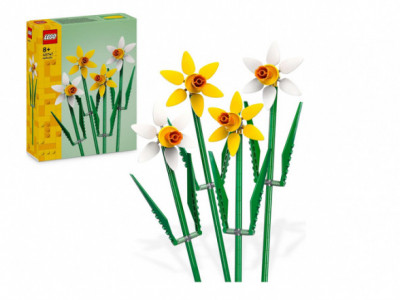
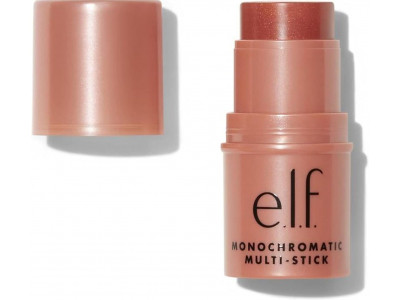
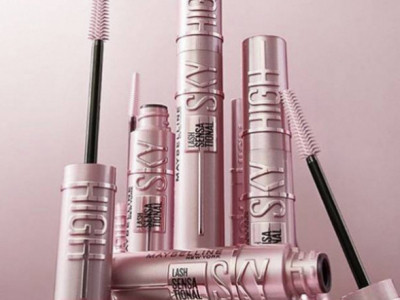




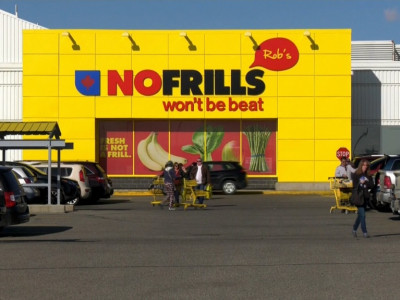


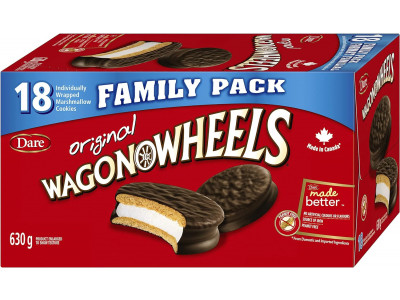


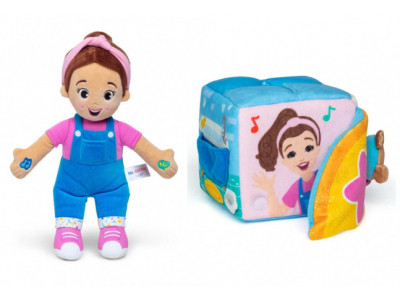

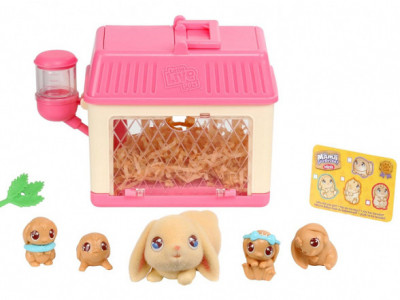


Comments